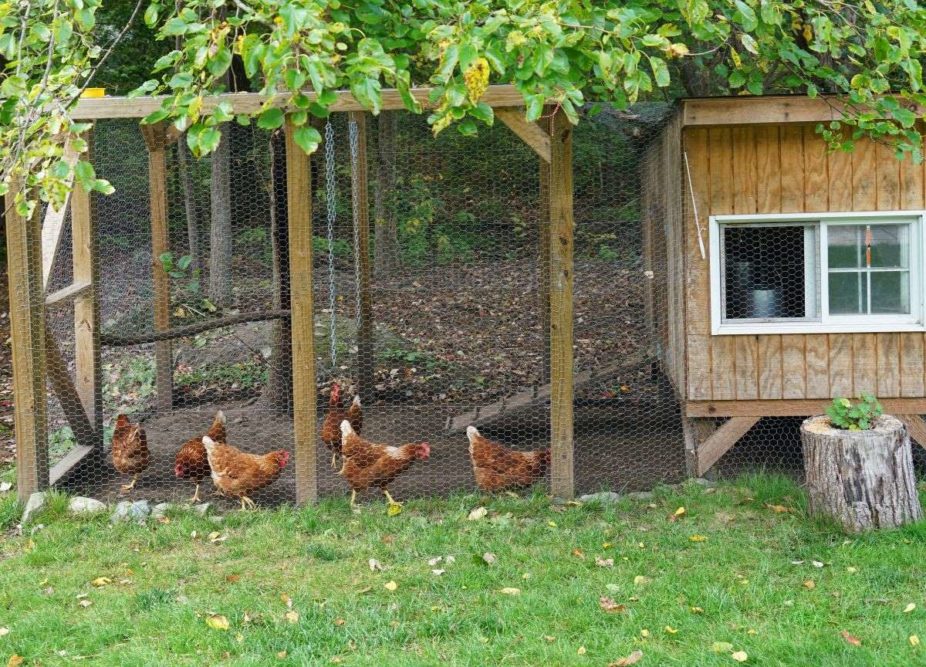KANSAS CITY — Not since 2015 has an outbreak of highly pathogenic avian influenza (HPAI) impacted the commercial poultry industry to such a degree that turkey prices have soared to all-time highs and egg prices have broken record highs three times with a potential to achieve a fourth record before yearend.
But there are some stark differences between this year’s HPAI outbreak and the one that occurred seven years ago. In the prior outbreak, HPAI was detected in 211 commercial operations (160 commercial turkey flocks and 50 egg laying facilities plus one other commercial category) and 21 backyard flocks that resulted in the depopulation of more than 50 million birds.
So far this year 252 commercial flocks and a staggering 333 backyard flocks have been infected with an extremely virulent HPAI strain. But even though 152% more total flocks have so far been impacted in 2022, this year’s outbreak has not yet reached the 50 million depopulation number of 2015. One explanation is that 40% fewer commercial table egg laying facilities, whose bird populations often number in the millions, have been affected by the virus this year compared with 2015.
What are these commercial table egg laying operations doing to defend against the virus, and why have so many backyard producers bore the brunt of this year’s outbreak? Industry experts and poultry scientists say several factors are at work, but most point to the widespread prevalence and highly infectious nature of this particular viral strain that has, for the first time ever, endured hot summer temperatures when most viruses deteriorate.
“There’s been a lot of wild birds that have died from HPAI in 2022, and I don’t remember that being the case in 2015,” said Dr. Barry Whitworth, an area food and animal quality health extension specialist at Oklahoma State University.
HPAI, which is endemic in the wild bird population, is generally transmitted to domesticated and commercial flocks through contact with nasal secretions and feces from infected birds. This partly explains why backyard flocks are more vulnerable.
“We see this virus continuing to circulate in interactions between domesticated poultry and wild species because many backyard flocks have more exposure points than commercial flocks,” said Amy Hagerman, assistant professor of agricultural economics and food policy extension specialist at Oklahoma State University.
Ms. Hagerman and other experts also attributed the higher backyard impact to the increase in backyard poultry operations that occurred during pandemic lockdowns.
“Producing for local food systems has been a big movement in the US, and we particularly saw that during COVID-19 where people were doing everything from making sourdough starters to compost and to back poultry as well,” Ms. Hagerman said.
Animal health scientists agree that lessons learned from the 2015 outbreak have helped protect many commercial table egg laying facilities. Having a biosecurity plan in place that controls traffic and outlines specific sanitation procedures is required by the US Department of Agriculture for all commercial egg and poultry facilities if producers hope to receive indemnity compensation. But implementing biosecurity measures can be a challenge for backyard producers.
“Biosecurity measures are not different for backyard producers, but it tends to be difficult because the birds are usually free ranging and very exposed to their environment since most of them are not in a covered facility all of the time,” Dr. Whitworth said.
Recently, the United Kingdom issued a mandatory housing requirement for all birds in the nation regardless of flock size to mitigate the spread of HPAI.
Commercial turkey operations have continuously struggled with managing HPAI spread. In the previous outbreak, 160 flocks were infected. This year, nearly 200 turkey flocks have been impacted despite the updated and improved biosecurity measures.
“The way turkeys are genetically, they’re a little more susceptible to the virus than chickens,” said Yuko Sato, a veterinarian and poultry extension and diagnostics specialist at Iowa State University. “Also, turkeys have more movement between their life stages which increases their exposure to viral particles in the environment whereas commercial egg layers, who have a shorter life, tend to remain in one protected facility.”
Dr. Sato said protecting flocks from HPAI comes down to the details, from having dedicated feed trucks to making sure labor and equipment are separated between farms and housing units. But regardless of stringent protocols, the virus continues to persevere. Recently, a facility housing over one million birds in Wright County, Iowa, became the first commercial table egg laying operation to report an HPAI infection in nearly four weeks. Still, experts believe the intensity of this year’s outbreak will spur further understanding of HPAI that will lead to more robust defensive measures.
“Every industry and government organization has to prioritize their time and research investments, and as more countries deal with HPAI, I think you’re going to see more research and development going into helping producers address this problem in an effective way,” Ms. Hagerman said.
There has been considerable general media attention given to the availability and prices of turkey for the upcoming Thanksgiving holiday. Industry experts have indicated frozen whole turkey supplies should be adequate, but supplies of fresh whole turkeys may be limited.
The USDA in its latest Cold Storage report said stocks of frozen whole turkeys on Sept. 30 totaled 238,523,000 lbs, down 8% from a year earlier, including whole tom turkeys at 133,112,000 lbs, down 18%, and whole hen turkeys at 105,411,000 lbs, up 9%. Supplies of whole tom turkeys were record low in 2006 and of whole hen turkeys were record low in 2021. Sept. 30 stocks of turkey breasts, legs and mechanically deboned meat were record low this year.





